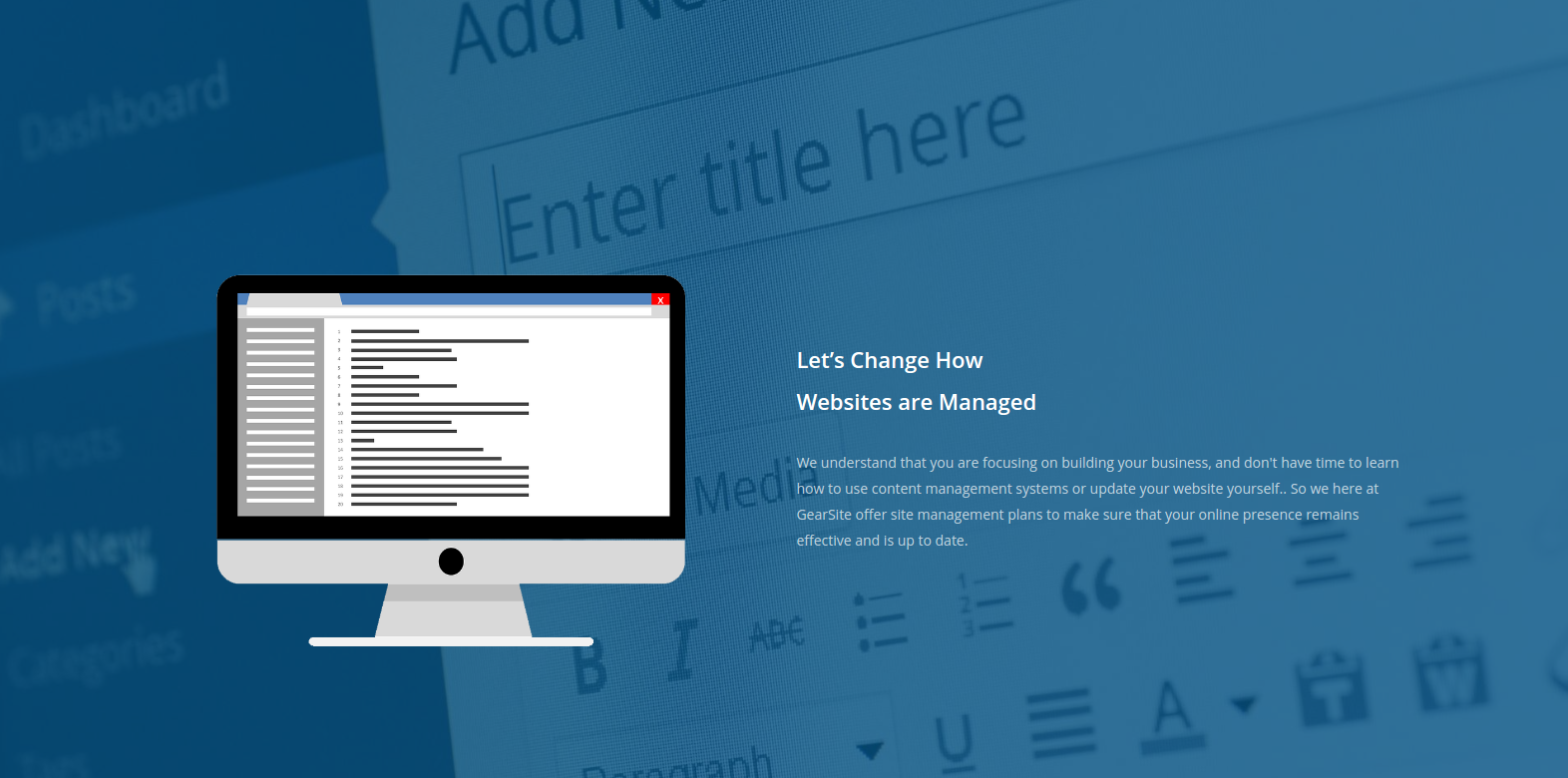
Everyone can appreciate a good image. Supposedly an image can speak a thousand words. I disagree. I think that images are better used with words. As developers, its easy to see how an image can be used to make a clearer point, or to add extra flair to a web page.
Proper Image Context
Being selective with images is key. You never want to use an image out of context. In other words, you wouldn’t use a picture of the Mona Lisa when discussing the differences in dog food brands, just because you think the Mona Lisa is pretty. It’s okay to get picky when deciding on images for a site. You want to find an image that properly conveys your purpose. Take GearSite for example. We used plenty of pictures in our site, but we made sure they all made sense in context. We mainly used pictures that show our design process, our staff, and our location. These all help to better illustrate our points. Using images related to your business or topic of conversation are crucial to an exceptional site.
File Size
Balancing quality and load time is also important when selecting an image. We all know that the higher quality an image is, the better it will look, especially when displayed on larger devices. But you have to offset that quality with file size. Making file sizes to large can cause several problems. Using large images can slow down your load speeds, making it annoying or frustrating for your customers. Large load times can turn customers away from your site, costing you sales. The larger the file sizes the more space your site takes up on a server. The last thing a system administrator needs to deal with is a lack of space and the last thing you want is to be griped at by said administrator.
Images are incredibly important, especially in websites. A visual can help convey a complicated topic, or it can serve to make your site a little more decorated. Either way, selecting the proper images, and balancing the quality with the file size are integral for building and maintaining a successful, and profitable site.
